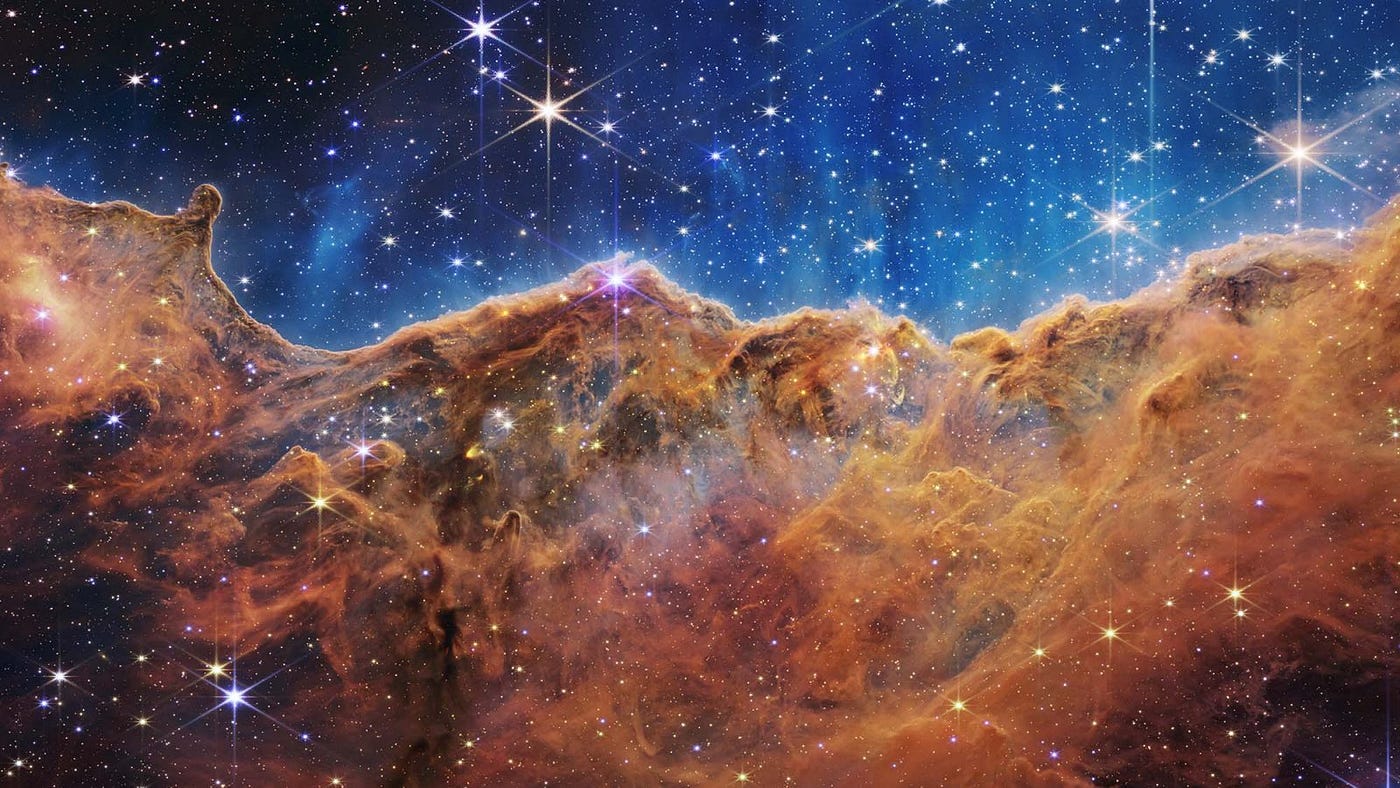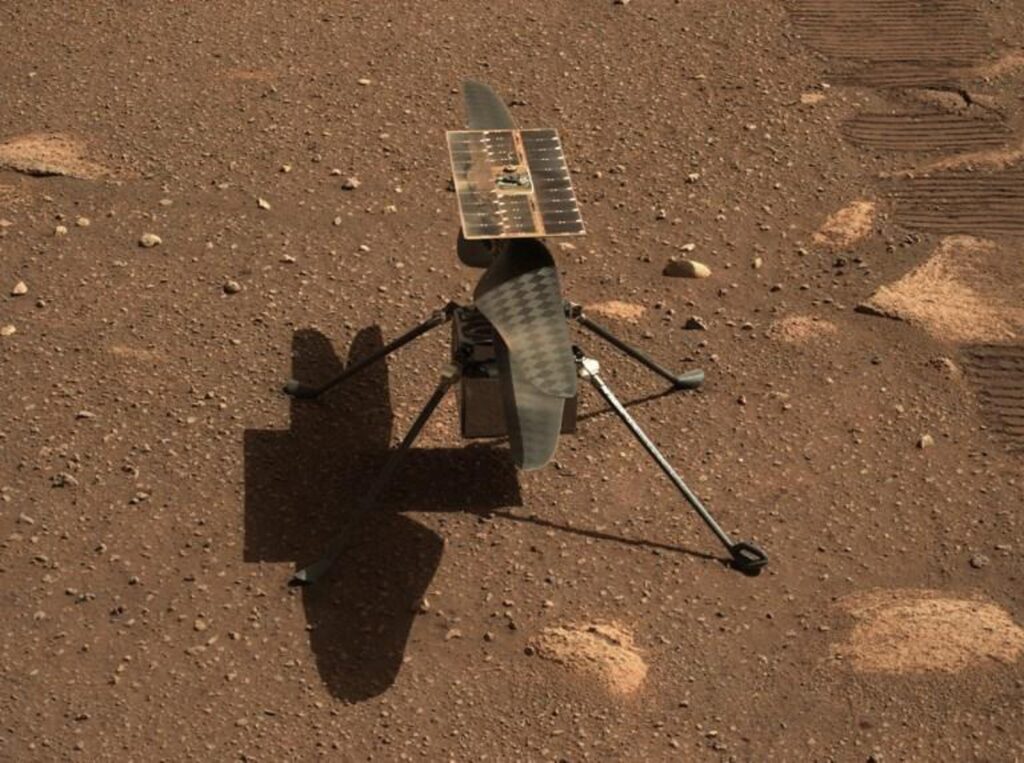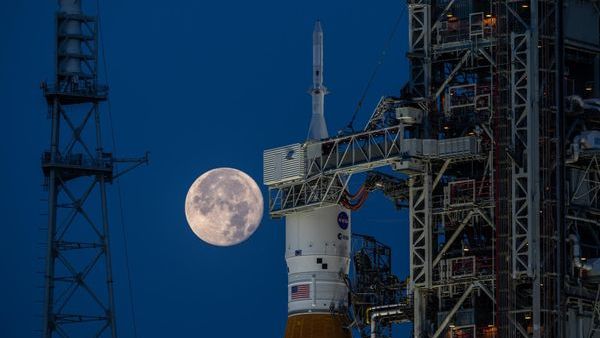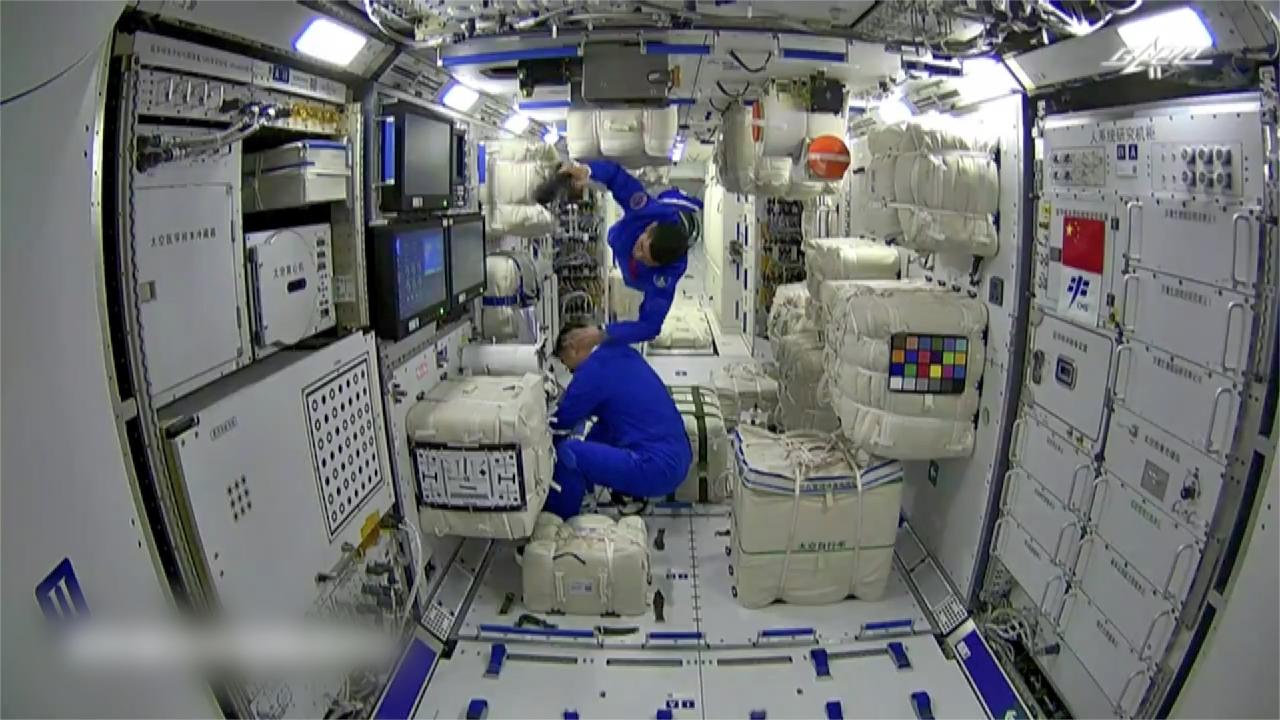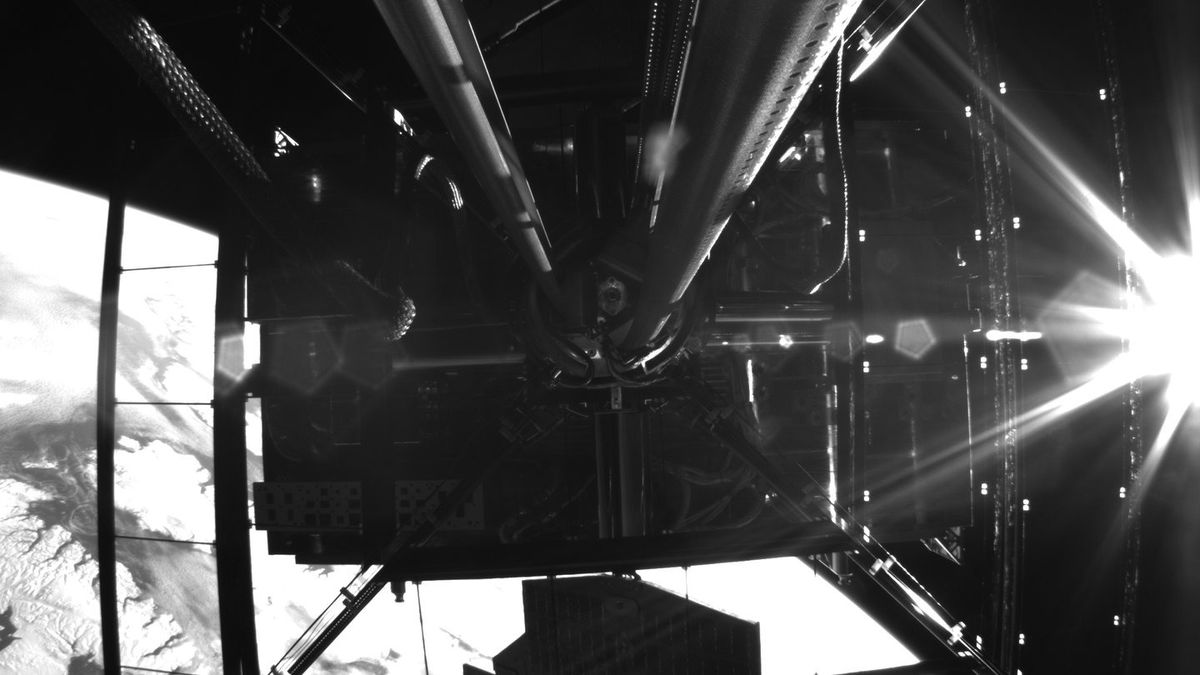Astronauts report to smell fascinating aromas in space during spacewalks and lunar landings. Despite being hard to smell in space, many chemicals emit distinct aromas when astronauts re-enter their spacecraft.
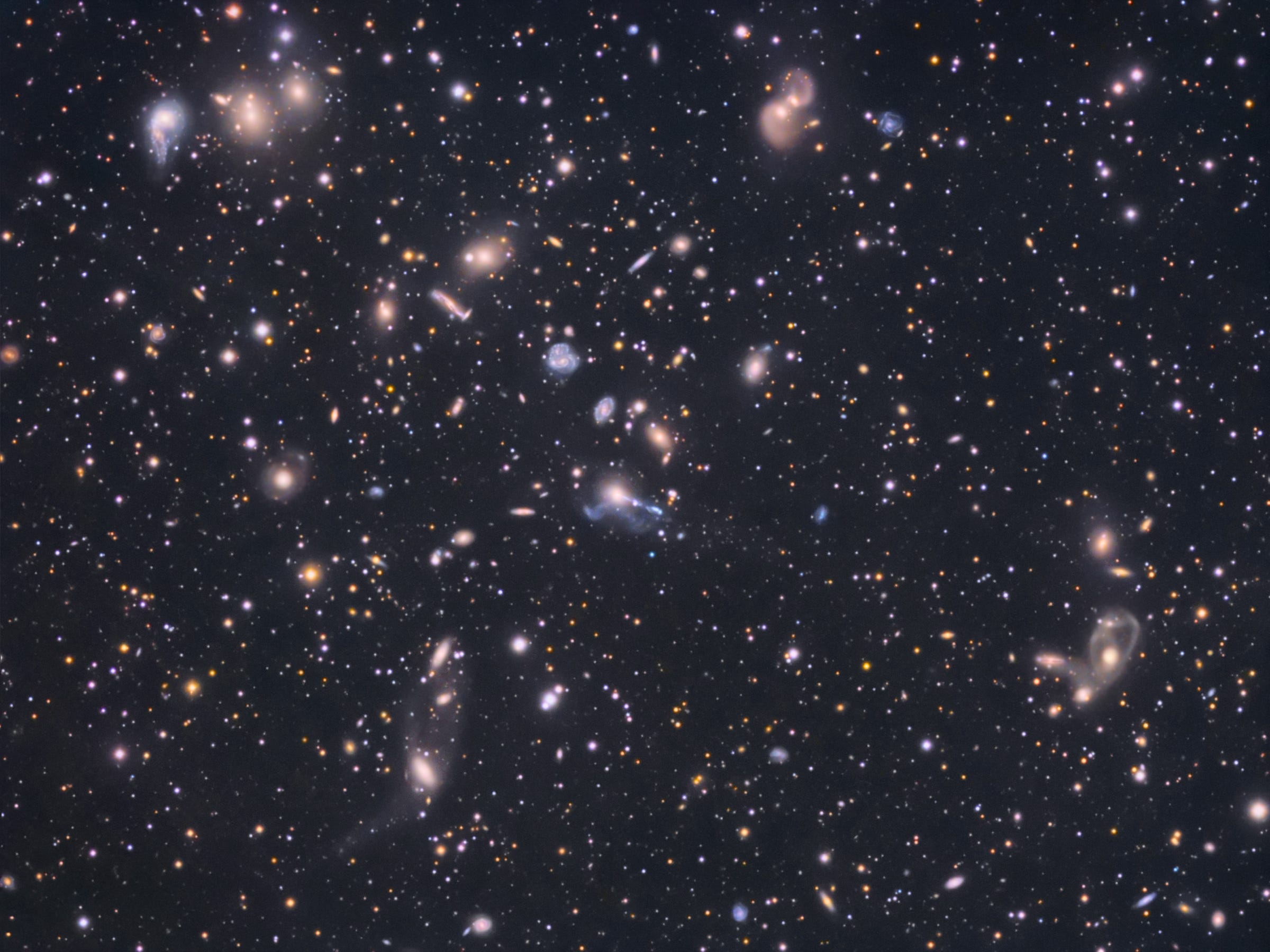
Spacewalk Scents: From Gunpowder to Charred Steak and Beyond
Spacewalks smell like gunpowder, ozone, and charred steak, according to astronauts. One oxygen atom sticking to spacesuits during spacewalks explains the phenomena. The airlock fills with molecular oxygen and single oxygen atoms to generate ozone, giving it a metallic smell when the spacecraft is repressurized. Astronauts often report a burnt-meat smell from PAHs in space.
In 2008, NASA hired chemist Steven Pearce to reproduce space fragrances for astronaut training. This helps astronauts discriminate between innocuous odors and spaceship chemical leaks. Space fragrances reveal cosmic chemistry, improving our understanding of the universe.
Further away, comet 67P/Churyumov-Gerasimenko smelled like rotten eggs, urine, pickles, and formaldehyde. The comet’s coma’s varied chemicals offer a unique olfactory experience, exposing distant celestial bodies’ rich chemistry.
READ ALSO: A Glimpse into the Most Anticipated Space Missions of 2024
Space Aromas: Titan’s Gasoline Scent and Milky Way’s Cosmic Brew
Saturn’s moon Titan smells like gasoline due to its hydrocarbon-rich atmosphere. Deep hydrocarbon and liquid hydrocarbon haze on the moon’s surface gives it a distinct smell. Titan’s atmosphere is unfriendly to humans yet has fascinating smells.
The gas cloud Sagittarius B2 in the Milky Way’s center is fragrant. Vinyl alcohol, methanol, and ethanol provide a brewery-like ambiance. Ethyl formate, found in raspberries and rum, gives the cosmic brew a pleasant scent.
In conclusion, space has a fascinating assortment of fragrances, adding a sensory dimension to our cosmos study. Olfactory experiences like spacewalk odors, distant comet scents, and cosmic brews in the core of the galaxy help us grasp celestial bodies’ chemistry and composition.
READ ALSO: 2024: High-Flying Ambitions – Aerospace Ventures Prepare for Major Missions
